The name impressionism comes from the title of a Claude Monet painting, “Impression, sunrise”. It depicts the harbour of “Le Havre”, France. To create his masterpiece, Monet used loose brush strokes. As he put it later, “landscape is nothing but an impression”. His painting conveys the feeling of what it was like to be there, but doesn’t contain much fine detail.
In many ways, the impressionists’ way to look at the world went against the rules of academic painting. It took some time for their work to become accepted by the public and the art establishment.
Photography is a medium of supreme realism. Therefore the title of this blog post, impressionist photography, may sound like an oxymoron. But sometimes the exquisite detail produced by today’s cameras can be a distraction. The frame is too busy and the image doesn’t really convey the essence of the scene as the photographer experienced it. It is possible to eliminate the fine details in the photographs by means of several techniques. One of them is the use of multiple exposures and the other involves using camera movement to blur the details out. These are illustrated in the two photographs below, taken on Blackford Hill, Edinburgh. Note the painterly feel of these images of the autumn forest.
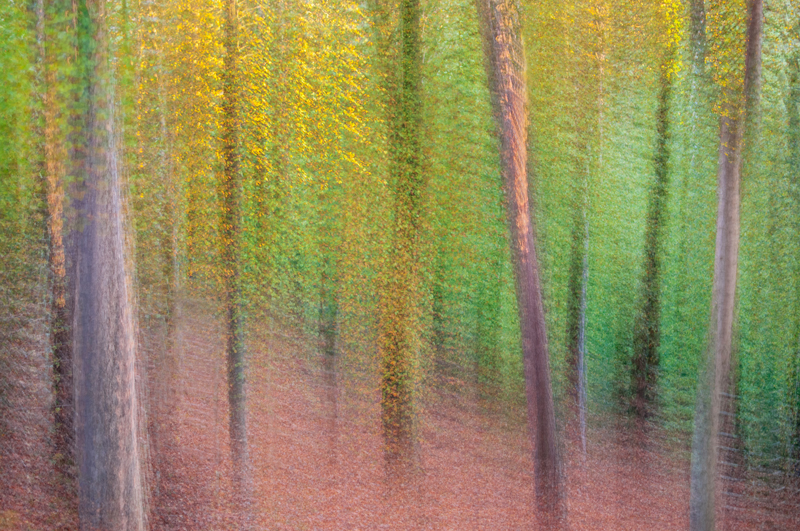
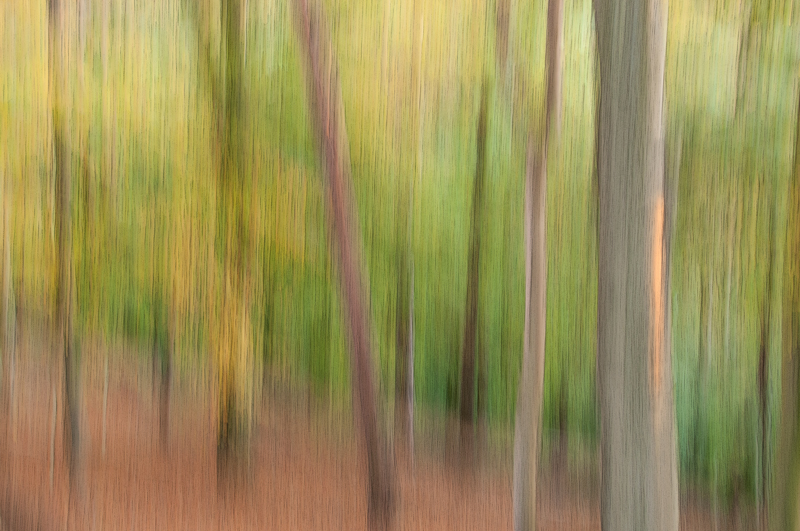
Share this content on
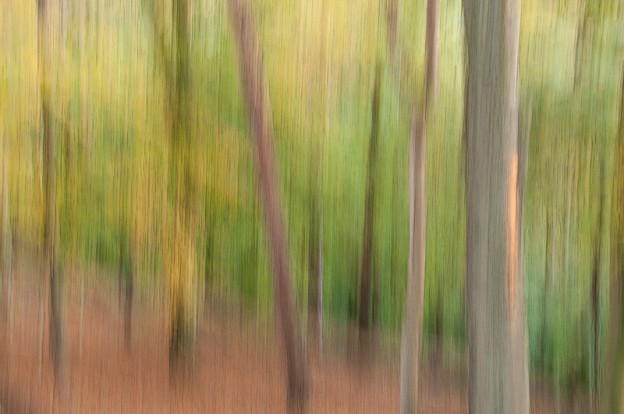
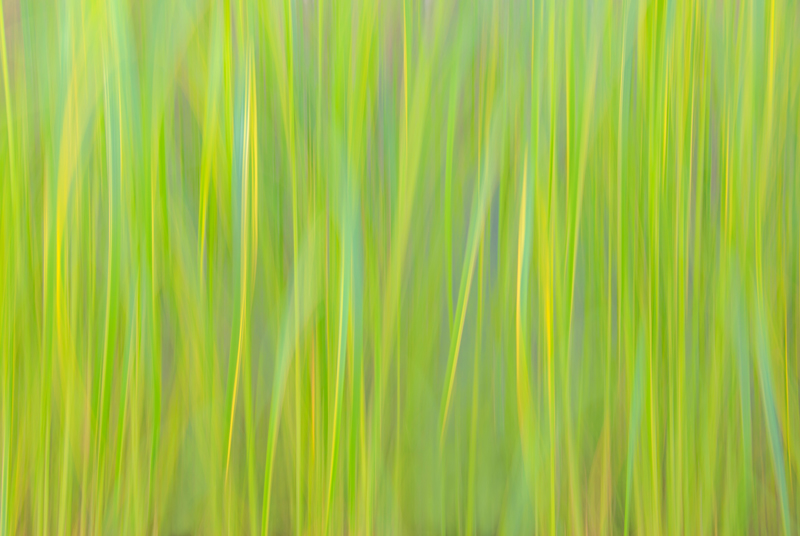
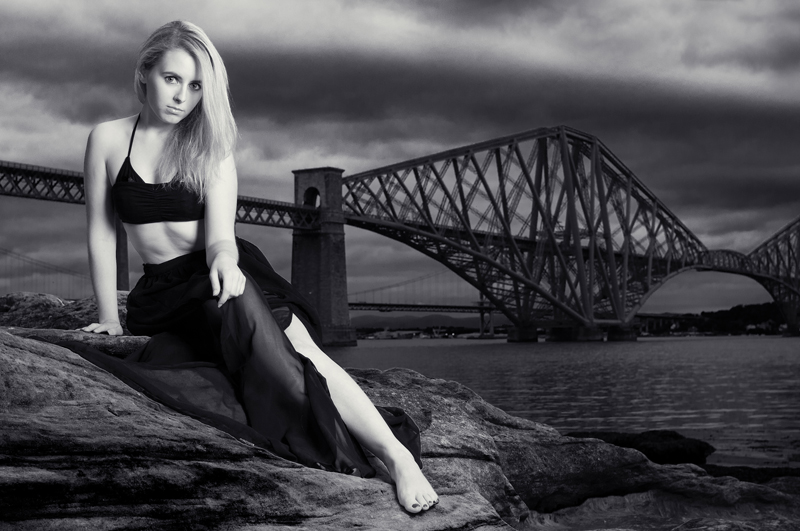
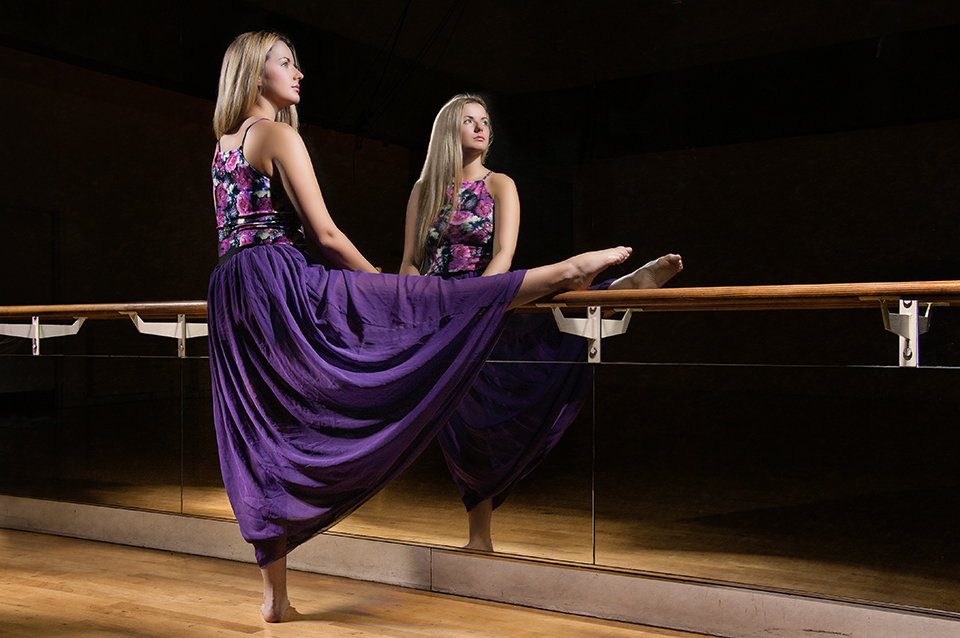

1 Comment
Thank you so much